- HOME
- Sustainability
- Sustainability policy
SCROLL




SCROLL
If we viewed the Earth as a single living organism, each of us would be the individual cells that make up the whole.
The way we spend our days and the numerous buildings we have created continue to affect that larger life.
That is why we want our daily activities to connect the Earth with a better environment.

The Nomura Real Estate Group began discussing its Sustainability Policy (vision of 2050) in August 2020.
We asked ourselves: What can we do to play our part?
By gathering, unraveling, and reconstructing the voices of various stakeholders, from young employees and managers within the Company to those outside of it, we reexamined how we can contribute through our business for the sake of humankind, nature, and the future.

The reason we exist is to be a company that values people and creates new value.
We will keep this aspiration close to our hearts as we place people at the center and pioneer the future. Furthermore, we will pass on to the next generation the Earth that we have proudly inherited from our predecessors.
The Group identified five themes, namely Diversity and inclusion, Human rights, Decarbonization, Biodiversity, and Circular design, as the priority issues it should address by 2030.
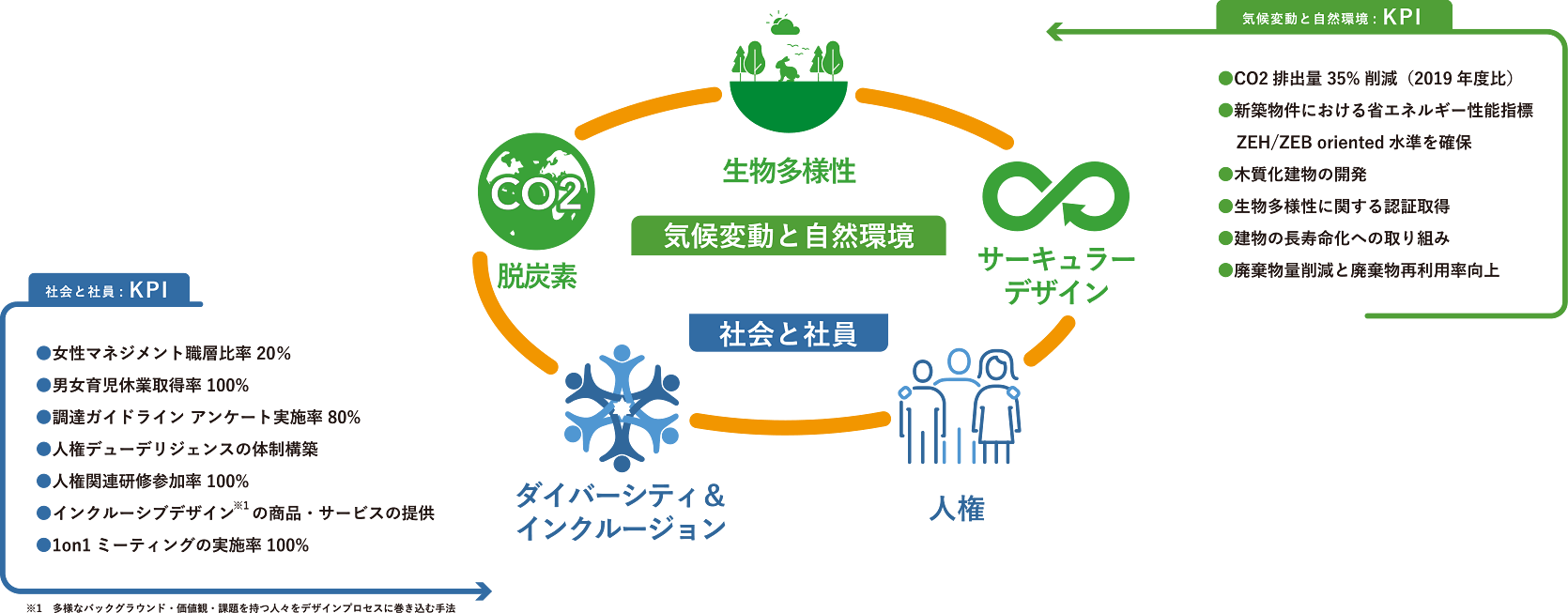
We will squarely address and give shape to issues concerning “society and employees” and “climate change and natural environment” to realize the three themes of our Sustainability Policy: “Pursuing humanity,” “Maintaining harmony with nature” and “Building the future together.”
We will do this in a way that is unique to the Nomura Real Estate Group.


First, as the foundation of our efforts, we will create a daily environment based on an awareness of Diversity and inclusion and Human rights for everyone who shares the same environment, in which every individual is respected, recognized, accepted, and utilized.
On this basis, we will achieve decarbonization, biodiversity, and circular design through our business of providing homes and offices, as well as commercial, hotel, and logistics facilities, and related services, to realize the healthy global environment that we all desire today.
Additionally, we will continue to take on the challenge of creating a prosperous future in which all these elements are united.
The Group started the discussions to formulate its Sustainability Policy (vision of 2050) and identification of priority issues (materiality) for 2030 in August 2020.
During the determination process, we held in-house workshops to gather opinions on such issues as “what kind of value to provide.” We also collected opinions from management through a “materiality candidate questionnaire” and from various stakeholders outside the Company through similar questionnaires.
Number of participants: 183
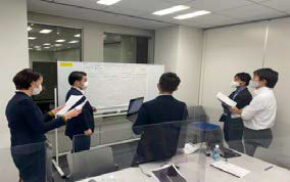
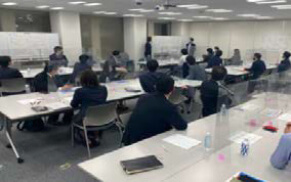
Number of participants: 214
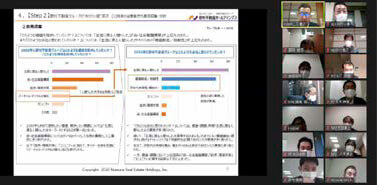
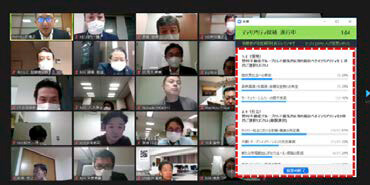
Number of participants: 41
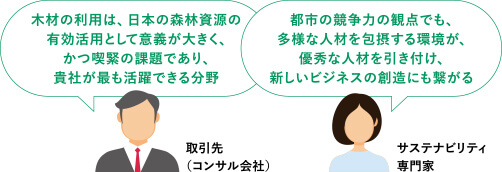
approx. 20 participants in total

|
|
|
|
|
|
|
|



After analyzing the opinions, we synchronized and linked the results with our medium- to long-term business plan and positioned the plan as a way to realize our ideal corporate image through the business. Particularly important items were defined as priority issues (materiality) for 2030.